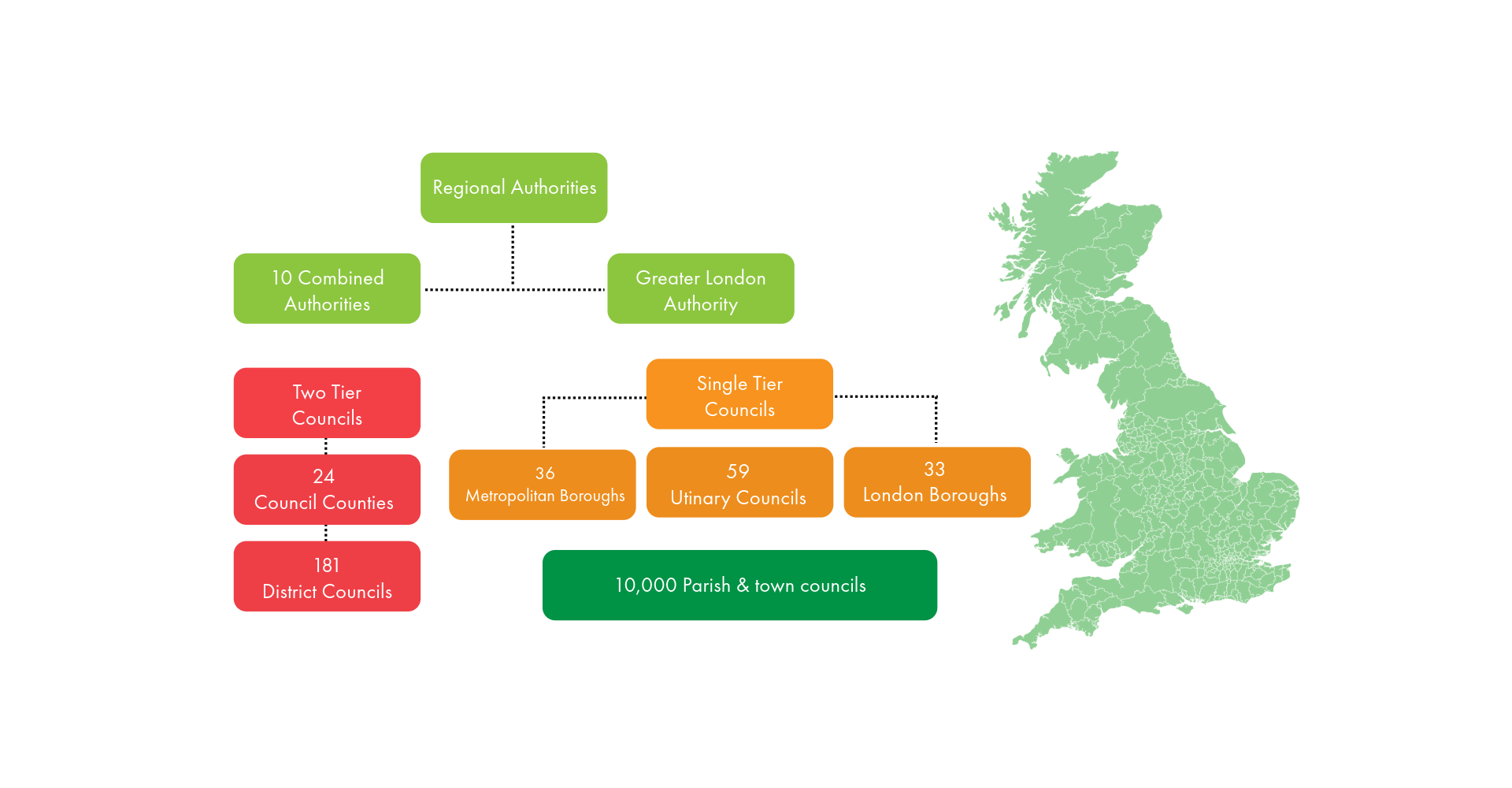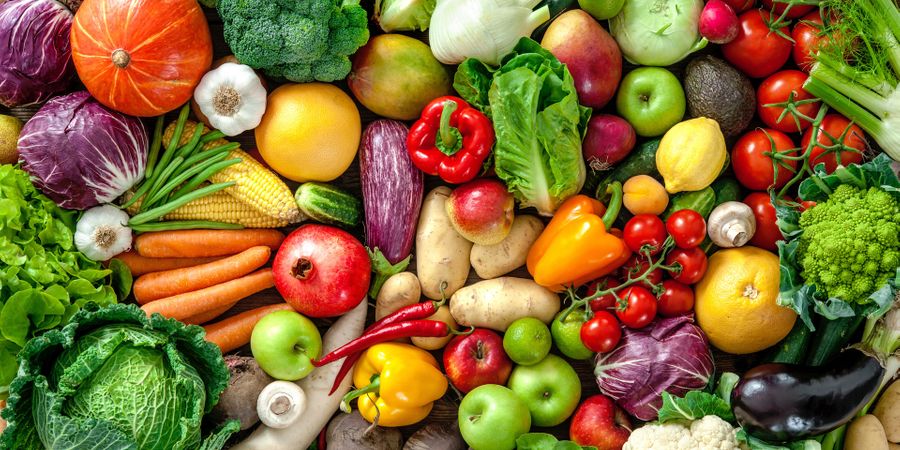
This section provides practical guidance on engaging with local councillors and food partnerships to support your campaign. You'll learn how to identify the right councillor to approach, ways to effectively communicate with them, and how local food partnerships can amplify your impact. By using these tools, you can build valuable relationships, access local expertise, and strengthen your campaign to drive meaningful change in your community!
Knowing the role of your local councillor and local authority
Local authority, also known as local government and local councils, are made up of councillors who are elected by the public in local elections.
Councillors represent everyone who resides in the area they are elected in to, and may work with local schools, communities and residents’ groups and youth organisations to help improve the community both in local wards and across the borough. As a councillor, they give a voice to each individual resident, influencing what the council does and how they do it. Councillors attend various meetings to carry out their duties.
It is also important to find out who your local councillors are, we recommend using the Find your MP website, as well as Mysociety.org where you can search by postcode.
Food partnerships
Local Food Partnerships are cross-sector bodies that own and drive forward agendas on their local food system. In the UK, Local Food Partnerships come together as members of Sustainable Food Places (SFP), the UK programme led by three national sustainable food organisations the Soil Association, Sustain and Food Matters.
SFP (formerly Sustainable Food Cities) was established as a network in 2011 and a funded programme in 2013. During the pandemic, SFP expanded its scale and reach to grow to a UK-wide network of 69 Local Food Partnerships (LFPs) by the start of 2022. With 23 new memberships in 18 months, LFPs now encompass many types of area: from counties, county boroughs to districts, as well leading urban centres.
How local government can influence national government
There are a few overlapping aspects to this key relationship. One is the political relationship. This includes how much power central government gives to local authorities to make decisions. For example, it affects how local authorities implement free school meal schemes or address food insecurity in their communities.
HINT: Think about your campaign objectives: are you looking for local or national change, or could one lead to the next? Sometimes starting more local provides you the opportunity to test ideas on a smaller scale and can help build up a community of support around your campaign, before taking it to the national stage.
Understanding which policies are decided locally versus nationally is key to making your advocacy impactful! Start by exploring your local council’s website to discover the services they control, like housing, waste management, and transport. Want more clarity? Reach out to your councillors to discuss local issues or your MP for matters handled nationally. Government websites and tools like MySociety or Citizens Advice are also fantastic for breaking down responsibilities.
Local government structures

Single-Tier Councils: These include metropolitan boroughs, London boroughs, and unitary councils, handling all local government responsibilities in their areas.
Two-Tier Councils: These consist of county councils and district councils, with responsibilities split between them, such as transport and housing.
Other Local Bodies: Parish councils operate at a hyper-local level, while combined authorities and the Greater London Authority (GLA) manage regional strategies.
TIP: Find organisations in your local area that are interested doing the things that you are passionate about and collaborate! Pool resources and energy; the more people behind a campaign the better.



